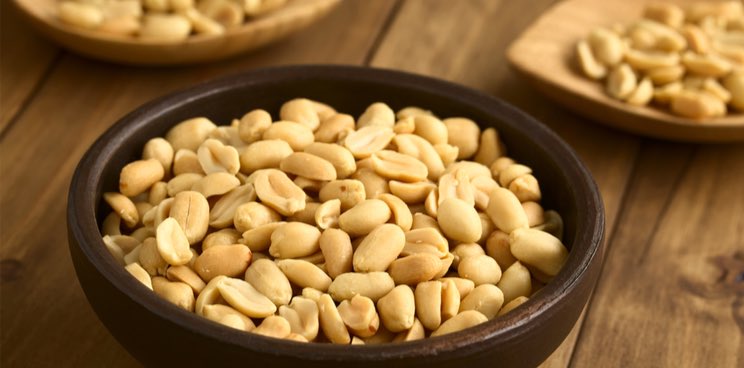Newsletter Signup - Under Article / In Page
"*" indicates required fields
French biotech DBV Technologies’ bid for the US approval of a skin patch to treat nut allergies could be delayed as the FDA requested more information on the patch’s efficacy.
Specifically, the FDA requested more information on patch-site adhesion – critical to the patch working effectively – as well as its long-term efficacy. According to DBV, the company is engaging with the FDA and providing information from its clinical programs as part of the FDA’s review of its treatment, called Viaskin Peanut.
“We believe in the clinical benefit observed in Viaskin Peanut clinical trials to date and will continue to work closely with the FDA to potentially bring Viaskin Peanut to children as quickly as possible,” said CEO Daniel Tassé in a public statement. DBV didn’t respond to our request for further comments.
The company also warned that the provision of additional information to the FDA may delay Viaskin Peanut’s potential approval, threatening the company’s hopes of rolling out this treatment by the end of the year.
Food allergies affect 17 million Europeans and are becoming increasingly prevalent among children. DBV’s skin patch is currently in phase III clinical trials and the US market approval application has been under review by the FDA since August 2019. This comes after DBV withdrew an initial review last year to gather more information on manufacturing procedures and quality controls.
Currently, only one peanut allergy treatment has been approved by the FDA. Palforzia, an orally delivered dose of peanut protein developed by the US company Aimmune Therapeutics, was approved in January with the caveat of it being available through a Risk Evaluation and Mitigation Strategy. The potential delay of Viaskin Peanut is a major setback for DBV as it could let Palforzia get more entrenched in the lucrative peanut allergies market.
DBV’s Viaskin platform operates as a wearable patch that can be worn by young patients. The patch delivers allergen proteins in tiny amounts through the skin. Water collects in a condensation chamber under the patch, solubilizing the dried proteins and allowing them to be picked up by immune cells living under the skin. These cells present the allergy-causing proteins to other immune cells, helping to get them ‘used to’ the proteins.
DBV has two more products using the Viaskin technology under development: a milk allergy treatment currently at phase I/II, and an egg allergy treatment in the preclinical stages.

David Kirk is a freelance writer and communications consultant with interests in synthetic biology, biotech, and sustainability. He has a PhD in molecular microbiology and has industrial experience developing living medicines.
Images from Shutterstock






